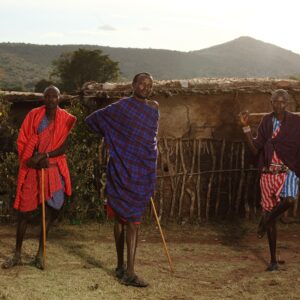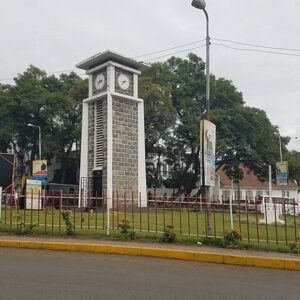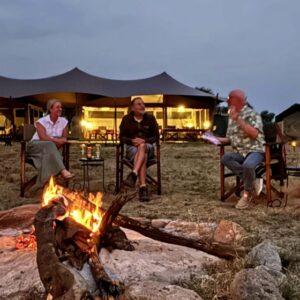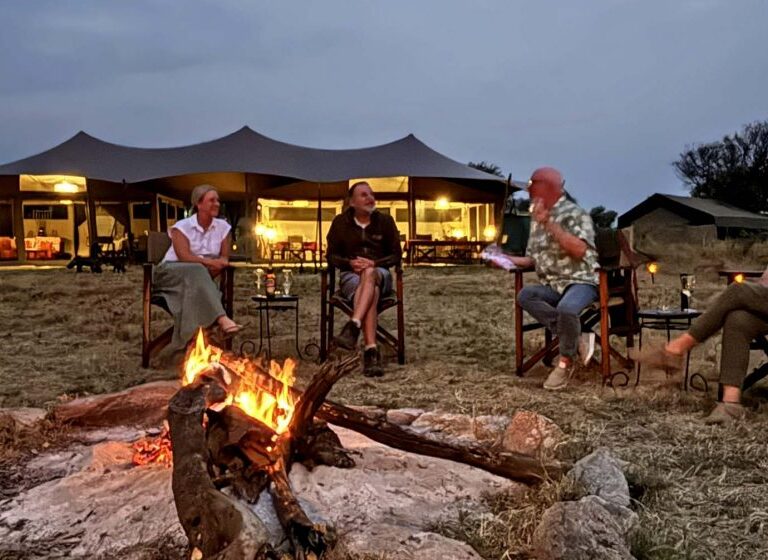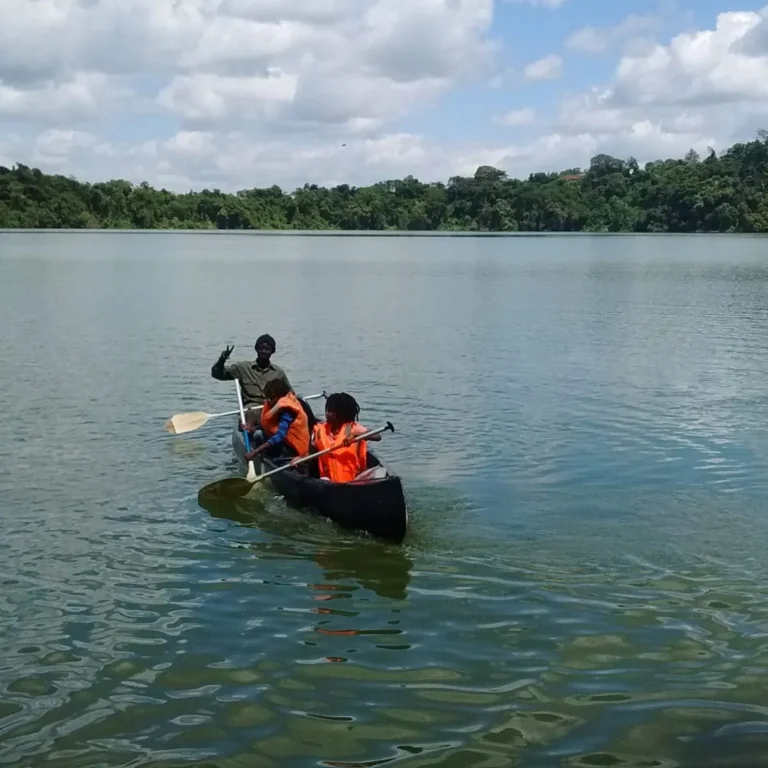Mount Kilimanjaro, the “Roof of Africa,” stands as an irresistible beacon for adventurers worldwide. Its snow-capped peak, rising majestically from the plains of Tanzania, beckons with the promise of an epic journey and unparalleled views. What makes Kilimanjaro unique among the world’s great peaks is that it’s a non-technical climb – no ropes, no specialized mountaineering skills are typically required. This accessibility, however, can sometimes lead to a dangerous underestimation of its challenges. While thousands successfully summit each year, Kilimanjaro is not without its perils, and certain routes are inherently more dangerous than others.
To truly understand what makes a Kilimanjaro route “dangerous,” we must look beyond just steepness or exposure. The primary threat on Kilimanjaro, regardless of the path taken, is Acute Mountain Sickness (AMS), a condition caused by the body’s inability to adapt quickly enough to high altitudes. Other significant risks include hypothermia, falls, and general exhaustion. The “danger” of a route often correlates directly with how quickly it gains altitude, the difficulty of its terrain, and the remoteness of rescue in an emergency. Let’s delve into the routes generally considered the most challenging and why:
1. The Western Breach: The Most Notorious Route
Historically, and tragically, the Western Breach stands as the most dangerous route on Kilimanjaro. On Kilimanjaro, the Western Breach is arguably the riskiest route. The ascent to the peak is direct, steep, and difficult. Boulders, steep climbs, and slippery scree are features of the trail. Trekkers may come across rockfall hazards and may have to scramble. It is not a standalone route but rather an ascent option to the summit, typically accessed from the Lemosho or Machame routes after Lava Tower.
The Danger. The Western Breach is a steep, direct ascent up the western side of the Kibo crater rim. Its primary hazard is rockfall. The terrain is unstable, consisting of loose scree and rocks that can be dislodged by climbers above, or by natural forces like ice melt and wind. A tragic rockfall incident in 2006, which claimed several lives, led to its temporary closure and a permanent re-evaluation of its safety.
Exposure and Steepness. The route is exposed to the elements and incredibly steep, demanding significant physical exertion at very high altitudes. This increases the risk of falls and rapid onset of AMS. Rescue Challenges. Due to its steepness and unstable nature, rescue operations on the Western Breach are exceptionally difficult and time-consuming.
Current Status. While some operators may still offer a modified or alternative Western Breach ascent (often referred to as the “Crater Camp” route which approaches from a different angle), the direct Western Breach ascent as it was known pre-2006 is largely avoided by reputable companies due to the inherent and unpredictable rockfall risk. Most Lemosho and Machame itineraries now use the Barafu Camp approach for the summit.
2. The Umbwe Route: The Steepest and Most Direct
The Umbwe Route is renowned for being Kilimanjaro’s steepest and most direct path to the summit. While incredibly scenic, its rapid ascent profile makes it inherently more dangerous in terms of acclimatization.
The Danger. The primary danger on the Umbwe Route is the high risk of Acute Mountain Sickness (AMS). Its aggressive ascent profile means climbers gain altitude very quickly, giving the body insufficient time to acclimatize. This significantly increases the chances of developing severe AMS, including potentially life-threatening conditions like High Altitude Pulmonary Edema (HAPE) and High Altitude Cerebral Edema (HACE).
Challenging Terrain: The route involves steep climbs, often through dense forest and then onto exposed ridges. While not technically difficult, it is physically demanding. Lower Success Rates. Due to the rapid ascent and high AMS risk, the Umbwe Route typically has one of the lowest summit success rates among all Kilimanjaro routes. Best for. Highly experienced trekkers who are confident in their ability to acclimatize quickly, or those who plan to combine it with an extended acclimatization schedule. It is generally not recommended for first-time Kilimanjaro climbers. Limited views. The route offers fewer scenic views compared to other options, potentially making the climb feel more physically demanding.
3. Shorter Routes (e.g., 5-Day Marangu or Machame): The Hidden Danger of Speed
While routes like Marangu (the “Coca-Cola” route) and Machame (the “Whiskey” route) are popular and generally considered safer in terms of terrain, opting for their shortest possible itineraries (e.g., 5 days for Marangu, 6 days for Machame) significantly increases their danger profile. The 6-Day Machame Route: Similar to the 5-day Marangu, this itinerary is too fast for many climbers to acclimatize safely, leading to a higher risk of AMS and exhaustion.
The Danger: The main risk here is insufficient acclimatization time. Attempting to summit Kilimanjaro in just 5 or 6 days puts immense stress on the body. The “climb high, sleep low” principle, crucial for acclimatization, is often compromised on these shorter itineraries. This leads to. Higher AMS Rates. Climbers on shorter routes are far more likely to suffer from moderate to severe AMS.
Lower Summit Success Rates. Many climbers on these rushed itineraries simply cannot cope with the altitude and are forced to turn back before reaching the summit. Increased Risk of Severe AMS. Pushing the body too hard without proper acclimatization can lead to life-threatening HAPE or HACE. Recommendation. Even for Marangu and Machame, reputable operators strongly recommend adding extra acclimatization days (e.g., 6 or 7 days for Marangu, 7 or 8 days for Machame) to significantly improve safety and summit success rates.
Factors Contributing to Danger on Any Route
It’s important to understand that while some routes present higher inherent risks, certain factors can make any Kilimanjaro climb dangerous:


